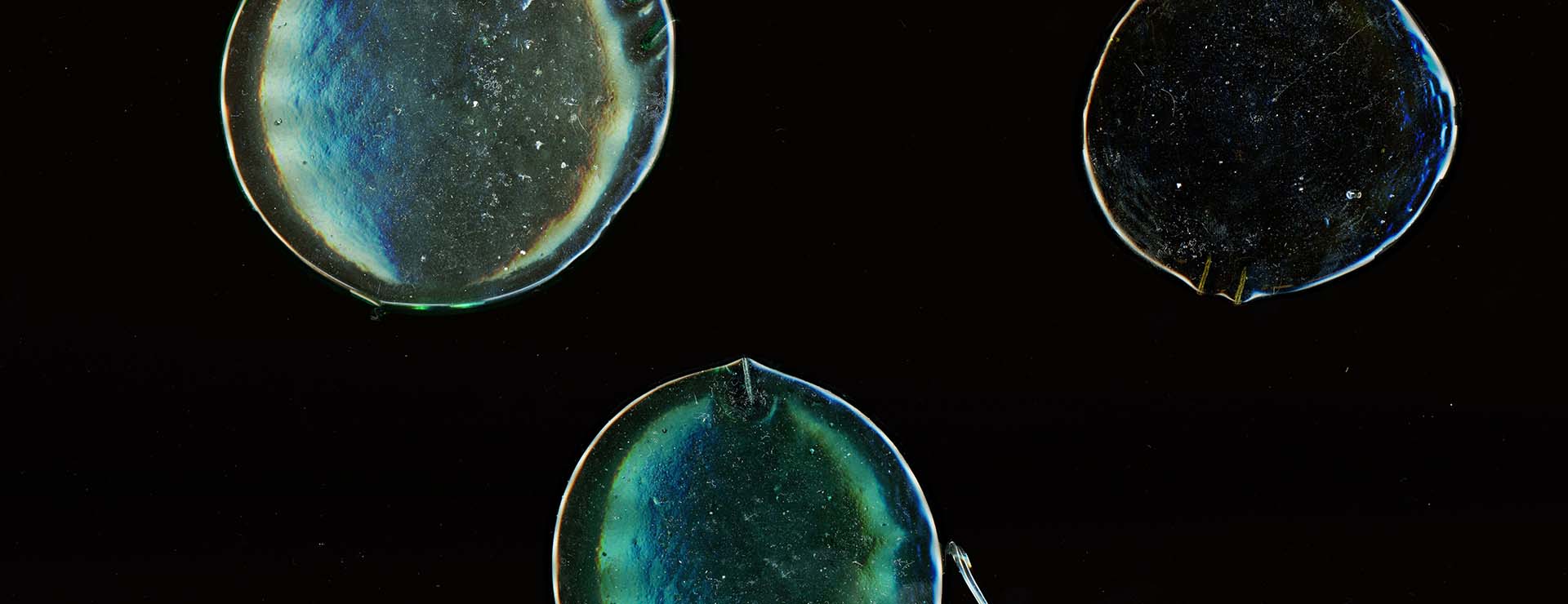
The project
Research into the future-oriented use of our raw materials for the production of utensils.
THE CHALLENGE
To address the problem of unused waste and create a valuable product, that can be again 100% recycled. Saving energy costs and reducing CO2 without the need to extract nature’s resources to help protect the natural landscape. To provide a category of new applications for waste material endless design possibilities.
THE SOLUTION
Common Sands is a research project looking at the future-oriented use of our raw materials for the production of utensils. By reusing already mined and transformed raw materials, (so-called waste materials), and avoiding exploitation in nature, the project tries to offer a different perspective on the millions of tons of waste material available. The aim is to produce modules such as coloured translucent tiles and bricks for architectural use. The properties of the glass (colour, texture and structure) will be a defining factor in the design of the modules. The use of cast (moulded) glass is favoured for its technical and economic aspects. Using one tonne of recycled glass saves one point two tonnes of raw virgin material, prevents 60% of CO2 emission and cuts energy use by up to 25%.
Storytelling
THE IDEA:
We initiated the project Common Sands about 3 years ago. It started as a research into the abundant resources available as trash from e-waste. For design, material is an important ingredient. So it occurred quite naturally to us to start by questioning the resources that are needed for the making of new products.

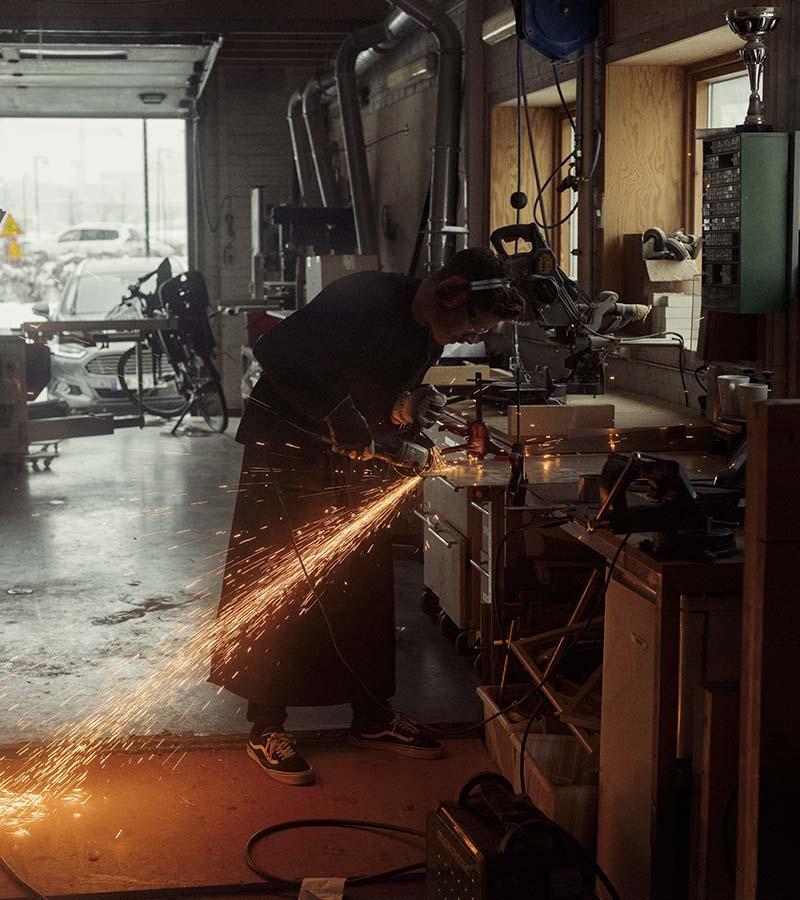
THE BIRTH OF THE PROJECT:
We realised also that sand tops everything in terms of importance for our current civilisation. Sand, in fact, is the 3rd most consumed resource on earth, after air and water. It is commonly perceived as a rather banal material. We enjoy it on our beaches, but few know it makes our electronic devices function, our homes light and warm, our communication fast (and ever faster)… to name a few. We could even go as far as to say our current Age is the Sand Age, similarly to the Bronze- or Iron Age.
This might be surprising, as it is commonly perceived as a rather banal material. We enjoy it on our beaches, but few know it makes our electronic devices function, our homes light and warm, our communication fast (and ever faster) and our energy more sustainable, to name a few. When looking closer into the processes sand goes through to become glass, microchips, solar cells, or aerogel for example, one enters a world of such sophistication and complexity that it leaves one in awe. This awe tarnishes further along the road, when we find the devices integrating these jewels of sand technology at the end of their life, on big heaps.
In the European context, much is done to recycle and market resources into a new cycle. This works well for metals, less for plastics and not so well for the sand based materials integrated into electric and electronic appliances. Of all the effort done to extract, transport, refine and process sand into the most complex of parts, none is done to recycle glass, silicon, silicones, microchips, glass ceramics and consorts. Let alone there being any effort done designing products allowing for a circular use of materials. Sand, apparently, is too abundant, too cheap to care for.
A new economic and ecologic context is necessary to make a shift, finding new uses for something that we currently waste
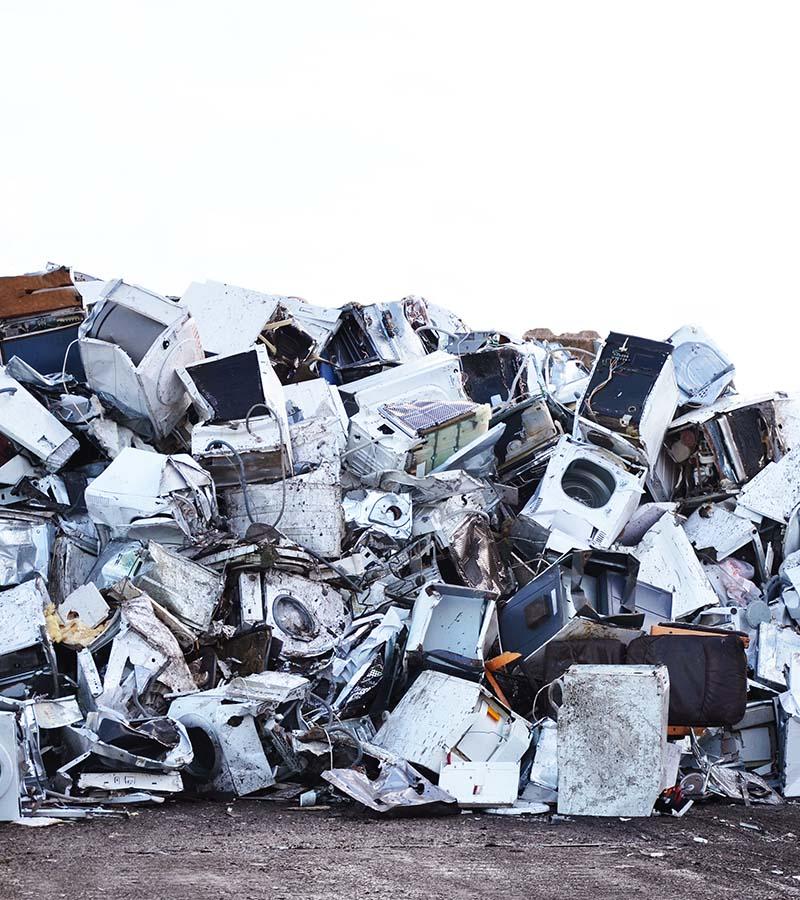
THE CREATIVE PROCESS:
Our common journey together with Snohetta lead us to understand bottlenecks and opportunities in terms of upscaling – from resource collection to transformation and production. The first challenge was the ideation of the actual product, since the material brings in new challenges for producers we had to work on a design that could be made efficiently. That’s how we came about Common Sand -Tiles: Tiles have a long and pertinent tradition in architecture: covering roofs, floors, walls or other objects such as tabletops, used for sealing surfaces from moisture, being hygienic or solely decorative. Finally they allow for energy efficient and large scale production using E-Waste glass for beautiful products.
Apart from that our partnership came to understand that E-Waste recycling isn’t E- Waste recycling. The procedures are very unique to the individual E-Waste recycling companies, with one goal in common: following the WEEE recycling standards that are demanded by the European Union. Glass not being high up on the agenda, is treated therefore with little attention. Thus a new challenge lays in expanding the network in recycling industries across Europe to enable the reuse of the material as widely as possible.
On the other hand we undeniably had to face challenges in regards to resourcing our materials for the prototyping of this project. With many closures and security restriction related to Covid-19 we required a lot of flexibility – for the production of the prototypes, tests with producers etc.
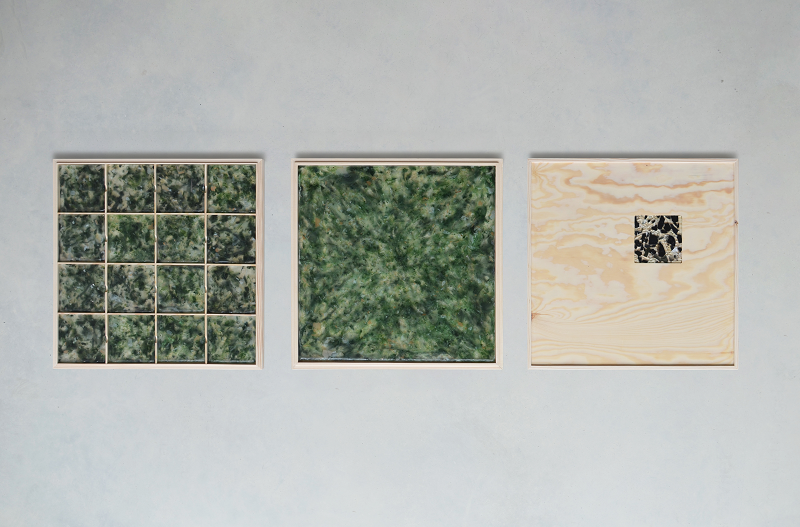
THE COLLABORATION:
Working across disciplines and specialisations, is essential for a project like Common Sands. There are so many people involved in the recuperation, analysis and prototyping that it became a truly interdisciplinary project. The challenge lays within making the right links, here our partner Snøhetta and their specificities in architecture helped to build out the necessary network to explore possibilities for production, to link up and eventually upscale the prototypes with producers.
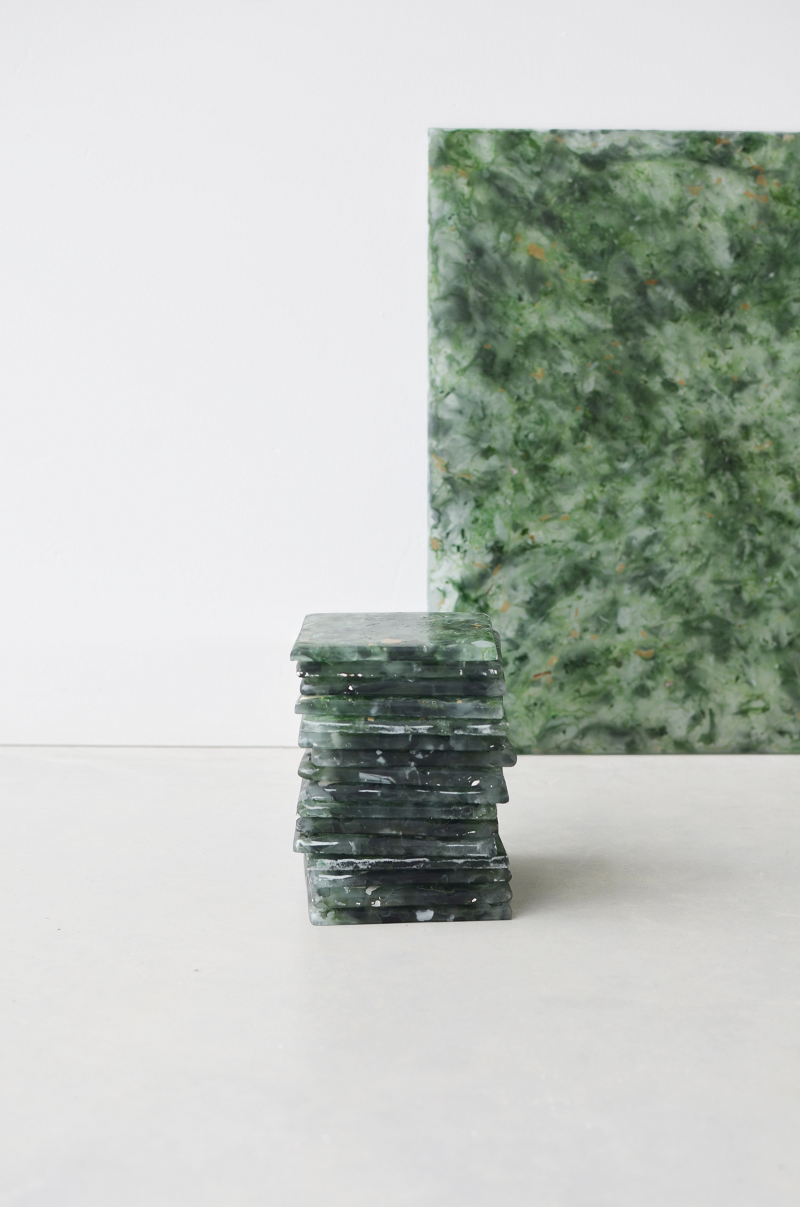
THE FUTURE:
The joint venture between Studio Plastique and Snøhatta resulted in a collection of tiles. We are teaming up with a producer that is able to implement the technology we developed during the WORTH project Common Sands 2.0. The aim is to produce and commercialise the tiles to a specialised public at first, allowing flexibility for on demand architectural projects.
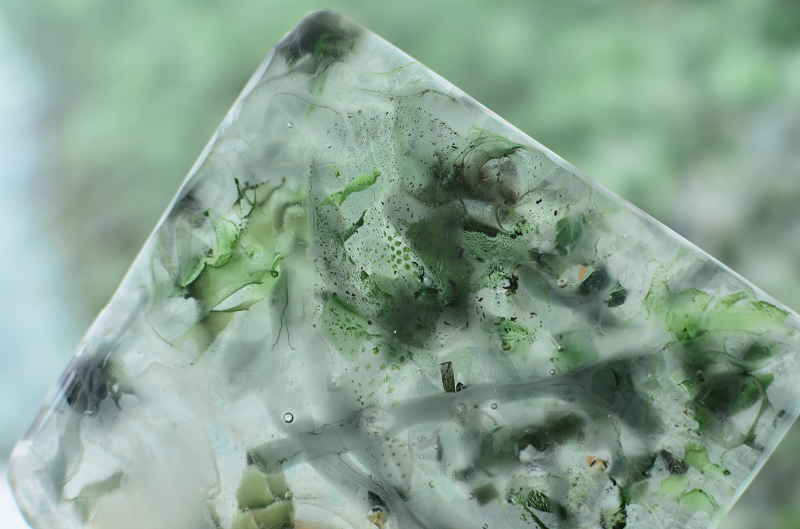
THE MESSAGE:
As designers we hope to incite cross-disciplinary collaboration between experts of all fields. We believe this to be essential for Europe to be a strong, progressive and innovative territory.


- Project locations
- BelgiumAustria
- Projects Edition
- WORTH Partnership Projects I
- Project Call
- 3rd Call Projects
- Project Sector
- Furniture, home decoration, interior design and architecture
- Project Challenge
- High-performance materials
Contact
STUDIO PLASTIQUE
Studio Plastique is an investigative design practice rethinking and reflecting upon existing systems and structures, striving to reset relationships towards nature, production methods, material cycles or economic potentials.
- Name
- STUDIO PLASTIQUE
- Website
- http://www.studioplastique.be/
- Postal address
Belgium
- Social media
